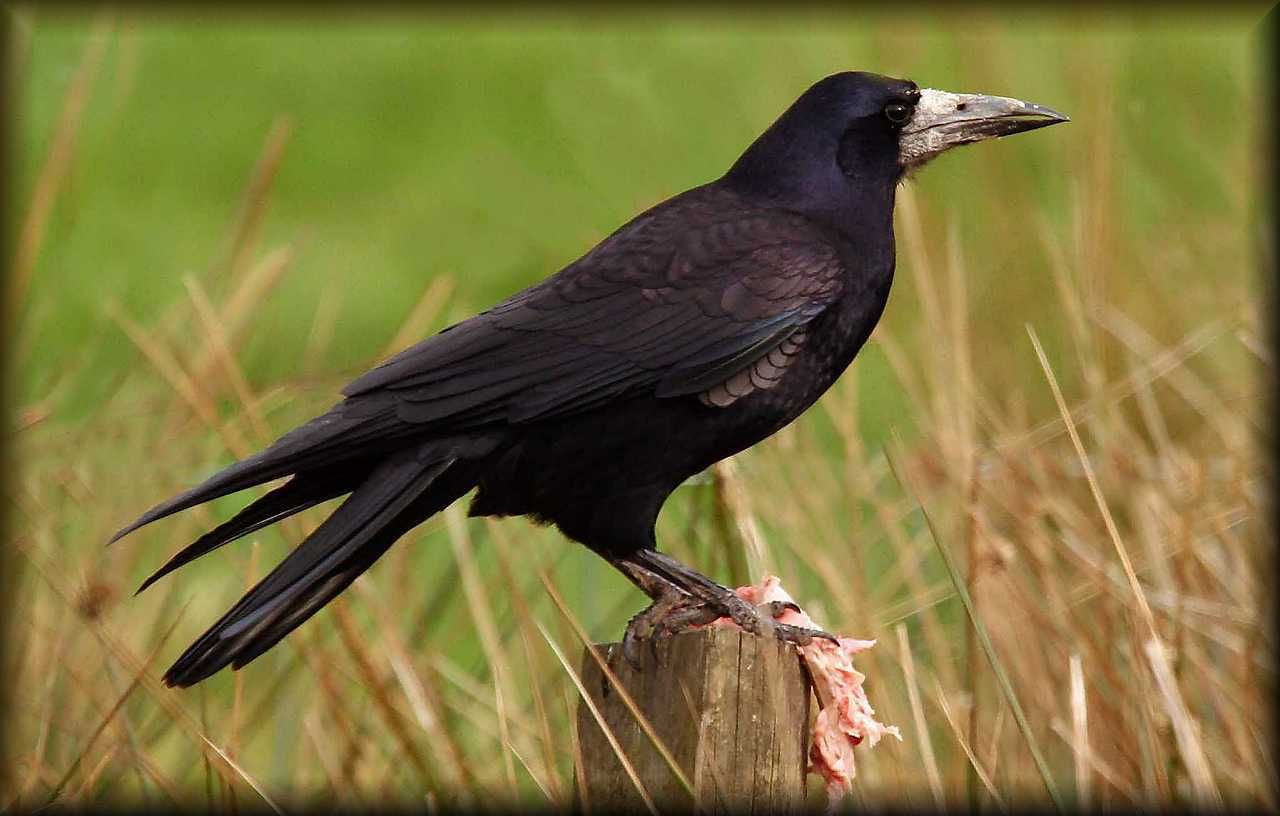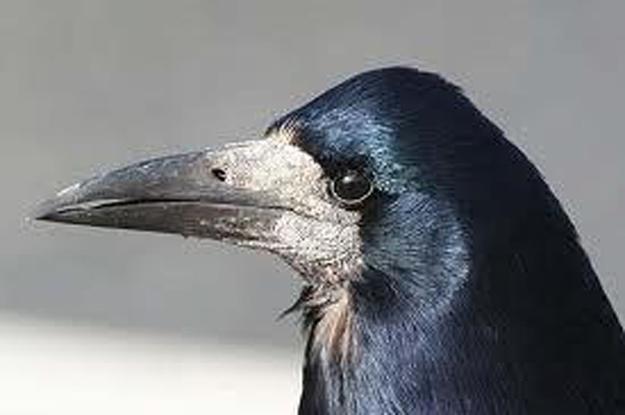
THE ROOK.
THIS bird is not very well known in America, because he is an English bird. But he is very much like the crow, which, farmers say the rook does as much damage-our farmer boys know so well. English rook does to their crops as the crow does to ours; so they put up scare-crows and racket-mills, and try to shoot or catch him; but he is too cunning to be caught or scared very often.
Rooks are very aristocratic birds. They live in colonies, many thousands going off together and building their nests in the tops of neighboring trees. In these bird-towns, or rookeries, there seem to be certain laws which all the birds understand and obey. One of these laws is that no rook shall build a nest within the limits of the town except those born there; and another for-bids the young rooks going out of the town to build.
If any bird disobeys these laws, the other birds promptly tear down his nest, and drive him back to his native town.
They are also said to hold courts for the trial of offenders. The birds assemble upon a few trees, the guilty one sitting by himself, with drooping head; and after much croaking and flying hither and thither, which we may imagine is their way of examining the witnesses, and hearing the pleas of advocates, the charge of the judge, and the very diet of the jury, the birds fall upon the culprit, and execute the sentence of death, or whatever the penalty may be.
The rook is about 'nineteen inches long, and is of a blue-black color. He is unlike the crow in that he has a bald place on his forehead, and also one at the back of the neck-where the feathers: do not grow again after the first moulting,
